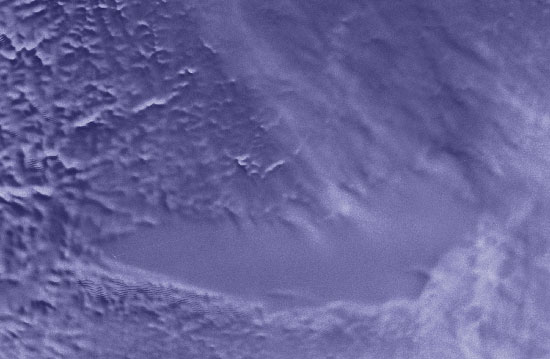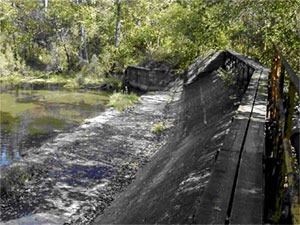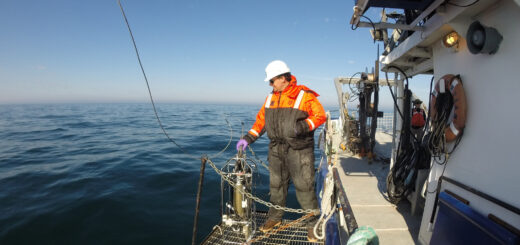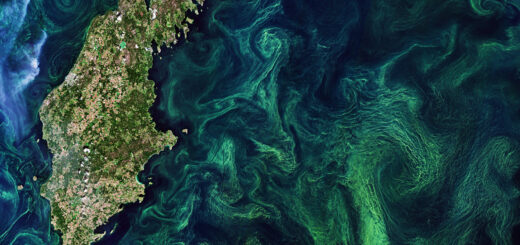Volunteer program watches over Michigan lakes for over 35 years
1 The Great Lake state can continue to be proud of its nickname thanks to its diligent citizens. Michigan residents have been volunteering to maintain the state’s thousands of lakes for 39 years through the Cooperative Lakes Monitoring Program. The state-funded effort provides lake monitoring, management and education for about 230 lakes.
The Great Lake state can continue to be proud of its nickname thanks to its diligent citizens. Michigan residents have been volunteering to maintain the state’s thousands of lakes for 39 years through the Cooperative Lakes Monitoring Program. The state-funded effort provides lake monitoring, management and education for about 230 lakes.
More than 400 volunteers record lake parameters, such as turbidity, phosphorous, chlorophyll, dissolved oxygen, and exotic plants. Their field season is from May to September, when algae growth is high. Volunteers record Secchi disk transparency weekly, dissolved oxygen biweekly, chlorophyll once a month, and phosphorous twice, at the beginning and end of the season. Volunteers send samples to the Department of Environmental Quality where they are analyzed. The results are then published online for the public.
Volunteers also raise awareness about test results through word of mouth, said Paul Steen, ecologist with the Huron River Watershed Council. He noted how important it is to educate residents on controlling nutrient loading.
“People who live on lakes tend to have very nice houses with beautiful lawns,” he said. “It’s a stereotype, but there’s a lot of fertilizer that goes into the lakes.” That fertilizer contains high amounts of phosphorous and nitrogen, both of which contribute to eutrophication. This reduces the amount of oxygen available for the local flora and fauna in the lakes.
Also outcompeting native species in some Michigan lakes are invasive plants. These include the curly-leaf pondweed and the more common Eurasian water milfoil, which covered nearly 75 percent of Lake Ovid’s surface, according to a 2005 DEQ study. Volunteers know to look for these invasive species while collecting samples.
CLMP meticulously monitors the lakes in its scope, but the majority of Michigan’s 11,037 inland lakes are not a part of the program.
“The hope is that we have a representative amount so we can figure out a trend that all the lakes are going toward,” Steen said.
The program’s name has changed over time, but Steen said he believes it first began in 1972, the same year the Clean Water Act was passed. It started with only Secchi disk measurements. One of the program’s first volunteers has been making CLMP’s Secchi disks for 37 years. Ralph Vogel, a retired engineer, began recording water data on Corey Lake in 1974 during an outbreak of swimmer’s itch. Since then, he has gathered more than 1,500 data measurements and samples. He’s also crafted more than 300 Secchi disks for the program. Vogel was named an “Amazing Volunteer” by The Volunteer Monitor, an EPA publication.
CLMP keeps costs low by using other homemade equipment, too, such as chlorophyll sample recorders made from juice cans and chains. The cans are lowered to the bottom of the lake with five-pound weights and then pulled to the top by the chain. Samples are then sent to the lab for testing. The only purchased equipment are 15 dissolved oxygen meters; the program buys only two a year due to funding constraints.
Though the program is only active May through September, some lake volunteers go above and beyond. The Glen Lake Association, just one of many member organizations of CLMP, received one of four annual National Fish Habitat Action Plan Awards in May. The GLA has been active for over 50 years monitoring Glen Lake and its surrounding waters.
Image Credit: http://nasaimages.org/














We have some very dedicated individuals who voluteer to monitor Crooked Lake in Delton. Great job guys!!!